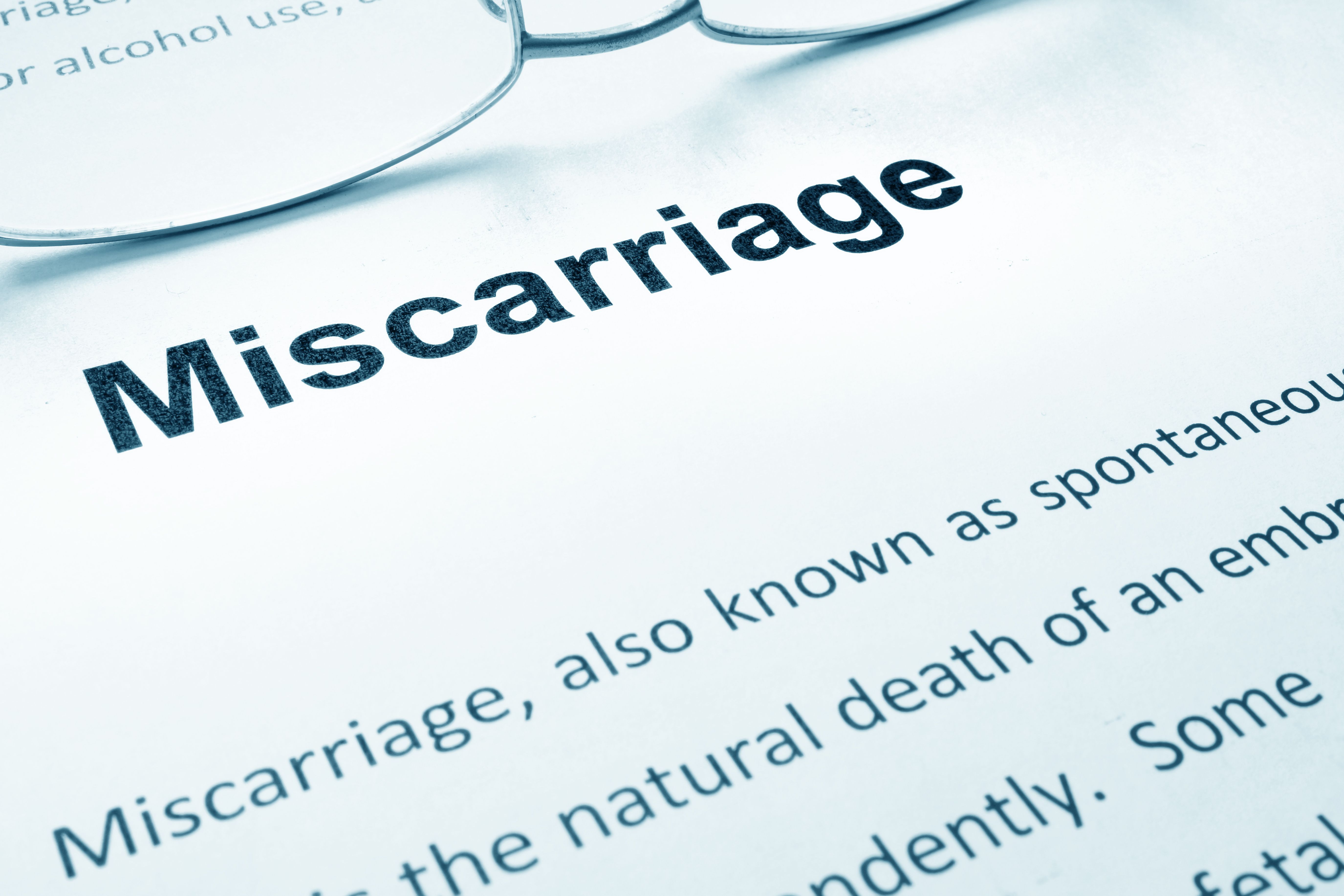Disability and risk of miscarriage
New research shows that women with disabilities are more likely to suffer a miscarriage but are also more likely to receive preventive services.
©designer491 - stock.adobe.com

New research supported by the Eunice Kennedy Shriver National Institutes of Child Health and Human Development shows that women with disabilities are more likely to suffer a miscarriage and to receive services to prevent a miscarriage than their counterparts without disabilities. The findings, published in The Journal of Women’s Health, are based on analysis of data from the National Survey of Family Growth (NSFG).
Designed and administered by the National Center for Health Statistics, the NSFG uses continuous sampling over a 2-year period to obtain nationally representative samples of men and women aged 15 to 44. For the research on disability and miscarriage, the authors looked at data captured from 2011 to 2015 on women who had at least one completed pregnancy within the past 5 years.
Methods
Using bivariate and multivariate analyses, the association of six disability categories-any, hearing, vision, cognitive, physical and independent living-with miscarriage and receipt of services intended to prevent it was assessed. The NSFG data reflected the experience of 3,843 women with 5,776 completed pregnancies with in the past 5 years. When surveyed, they were asked whether they had a pregnancy that had ended in miscarriage in the past 5 years, had two or more pregnancies that ended in miscarriage in that time period, or had received any medical help to prevent miscarriage.
Findings
Analysis of the NSFG data revealed that the incidence of miscarriage was 31.63% for women with disabilities versus 21.83% for those without disabilities (P<0.001). However, the authors could not determine whether any of the women had disabilities during their pregnancies because the survey does not capture data on duration of disability.
Compared to women without disabilities, those with any cognitive, physical and independent living disability had higher adjusted odds of experiencing miscarriage (any disability aOR = 1.65 [95% CI 1.21 to 2.25]). The authors noted that women who had difficulty hearing were almost twice as likely to have had miscarriage as women with no disability (41.66% vs. 21.83%; P= 0.0041). Likelihood of having had two or more miscarriages was significantly higher in the women with an independent living disability (28.86% vs. 16.13%; P= 0.0488). There was no significant difference in the timing of miscarriage in the group with disabilities versus without disabilities, which tended to occur at around 8 weeks.
Looking at services to prevent miscarriage, the authors found that the women with disabilities had higher odds of receiving them than their counterparts without disabilities (any disability aOR = 1.71 [95% CI 1.20 to 2.45]). Of the women who received such services, higher proportions of those with any, vision, physical, or independent living disability received recommendations for bed rest (e.g., 65.007% of women with independent living disability vs. 33.98% of women without disability, P= 0.018).
Conclusions
The authors believe that theirs is the first study to examine miscarriage and medical care related to miscarriage among women with different types of disability. They cautioned that because NSFG is cross-sectional, no causal inferences can be drawn and encouraged future research incorporate the comorbidities and life stressors that women with disabilities disproportionately experience.
Newsletter
Get the latest clinical updates, case studies, and expert commentary in obstetric and gynecologic care. Sign up now to stay informed.
S1E4: Dr. Kristina Adams-Waldorf: Pandemics, pathogens and perseverance
July 16th 2020This episode of Pap Talk by Contemporary OB/GYN features an interview with Dr. Kristina Adams-Waldorf, Professor in the Department of Obstetrics and Gynecology and Adjunct Professor in Global Health at the University of Washington (UW) School of Medicine in Seattle.
Listen
